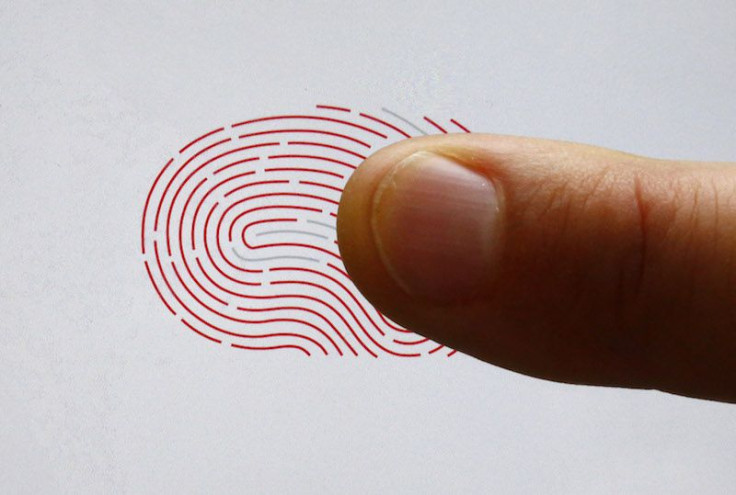Qualcomm Announces New Fingerprint Sensors That Work Under Glass, Display & Metal

Qualcomm has announced its next generation of ultrasonic fingerprint sensors during Mobile World Congress Shanghai. The new Qualcomm Fingerprint Sensors are able to scan fingerprints even when it’s under glass, display and even metal.
“We are excited to announce Qualcomm Fingerprint Sensors because they can be designed to support sleeker, cutting-edge form factors, unique mobile authentication experiences, and enhanced security authentication,” VP of product management at Qualcomm Seshu Madhavapeddy said.
“This provides OEMs and operators with the ability to offer truly distinct, differentiated devices with added value on truly groundbreaking new devices.”
The Qualcomm Fingerprint Sensors refer to a suite of three different types of fingerprint sensors: one for glass, display and metal surfaces. The Qualcomm’s sensor for glass will be the first commercially announced ultrasonic fingerprint scanner that will be able to scan fingerprints through OLED displays.
Samsung has trouble developing this kind of technology for the Galaxy S8 and S8 Plus, while Apple is reportedly still undecided on whether it would implement it on the iPhone 8. Samsung also appears to have failed to implement the tech for the Galaxy Note 8 based on its most recent leaked renders.
As for the Qualcomm Fingerprint Sensors for glass and metal, it will be able to scan through up to 800 µm (micrometer) of cover glass and up to 650 µm of aluminum. The company says that this is a huge improvement from its previous generation glass and metal sensors, which were only able to scan through up to 400 µm of glass or metal.
The new Fingerprint Sensors are designed to work in with Qualcomm’s line of Snapdragon mobile processors, but can also work with non-Snapdragon chips. The first Snapdragon chips that will take advantage of the new Fingerprint Sensors will be the Snapdragon 660 and 630, which were also recently announced by the company just last month.
“They will work on current generations of Android, as well as future generations,” Madhavapeddy said at MWC Shanghai, according to CNET. “There’s really nothing that needs to be upgraded to support this.”
Qualcomm says that its Fingerprint Sensors for glass and metal will be available to original equipment manufacturers (OEMs) this month, and consumers should expect devices with this technology in the first half of 2018. Meanwhile, the Fingerprint Sensor for displays will be made available to OEMs in the fourth quarter of 2017 for evaluation.
Qualcomm says that it will officially demonstrate its Fingerprint Sensor for Display and Metal using a modified version of Vivo’s XPlay 6 smartphone. The Fingerprint Sensor for glass will also be demonstrated by the company on an unnamed modified device.
Qualcomm is the only company at MWC Shanghai that announced an advanced fingerprint sensor. Phone maker Vivo has officially announced Vivo Under Display, its own sensor that can be placed under glass, an OLED screen and aluminum.
Like Qualcomm’s, the Vivo Under Display uses ultrasonic technology, which uses sound waves to capture 3D images of fingerprints. This technology was already leaked a couple of weeks ago by Chinese analyst Jiutang Pan on his Webo page. The video showed a prototype Vivo smartphone, and Mashable has confirmed that the very same demo was a proof of concept.
With Qualcomm already announcing the first commercialized version of the technology, it remains unclear when exactly Vivo plans to implement its own solution on an actual final product.
© Copyright IBTimes 2024. All rights reserved.











